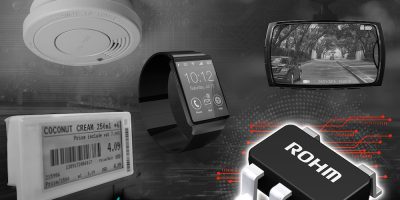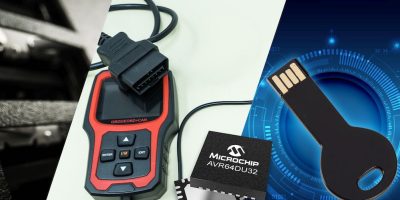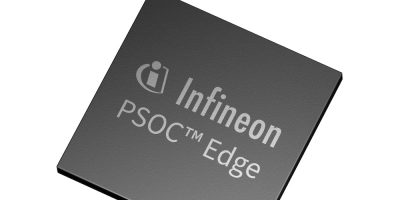Rohm has developed a linear operational amplifier (op amp) – LMR1901YG-M – featuring the lowest* current consumption in the industry. This makes it ideal for amplifying sensor signals used to detect and measure temperature, flow rate, gas concentration, and other parameters in applications powered by internal sources (i.e. batteries).
Wearable
Ceva launches multi-protocol wireless platform IP family to accelerate enhanced connectivity
Ceva has launched Ceva-Waves Links, a new family of multi-protocol wireless platform IPs. The integrated offering supports the latest wireless standards to address the surging demand for connectivity-rich chips targeting Smart Edge devices in the consumer IoT, Industrial, automotive, and personal computing markets. These IPs include Wi-Fi, Bluetooth, Ultra-Wideband (UWB), and IEEE 802.15.4 (for Thread / Zigbee / Matter), to offer a range of qualified, easy-to-integrate, multi-protocol wireless communications subsystems, each featuring optimised co-existence schemes and adapted to various radios and configurations.
Microchip brings enhanced code protection and up to 15W of power delivery to its USB microcontroller portfolio
The well-known advantages of a Universal Serial Bus (USB) interface for embedded designs include its compatibility with various devices, streamlined communication protocol, in-field updatability and power delivery capabilities. To help easily incorporate this functionality into embedded systems, Microchip has launched the AVR DU family of microcontrollers (MCUs). As the next generation of Microchip 8-bit MCUs to integrate USB connectivity, the AVR DU family is designed to provide enhanced security features and higher power delivery than previous iterations.
Infineon announces next-generation PSOC Edge portfolio featuring powerful AI capabilities
Infineon has released details of its new PSOC Edge family of microcontrollers (MCUs) optimised for machine learning (ML) applications. The three new PSOC Edge MCU series, E81, E83 and E84 offer a scalable and compatible range of performance, features, and memory options. They are all supported with comprehensive system design tools and software that enable developers to quickly move from concept to product and bring new ML-enabled Internet of Thing (IoT), consumer and industrial applications to market.
About Weartech
This news story is brought to you by weartechdesign.com, the specialist site dedicated to delivering information about what’s new in the wearable electronics industry, with daily news updates, new products and industry news. To stay up-to-date, register to receive our weekly newsletters and keep yourself informed on the latest technology news and new products from around the globe. Simply click this link to register here: weartechdesign.com







